Bringing a puppy home is exciting, but it’s also a crucial time for shaping behaviour that lasts a lifetime. Early socialisation can prevent anxiety, aggression, and fear-based issues down the road. Done properly, it sets the stage for a confident, friendly dog who adapts well to the world around them. The following strategies will help guide your puppy through new sights, sounds, people, and experiences safely and positively.
1. Start Early, but Go Slow
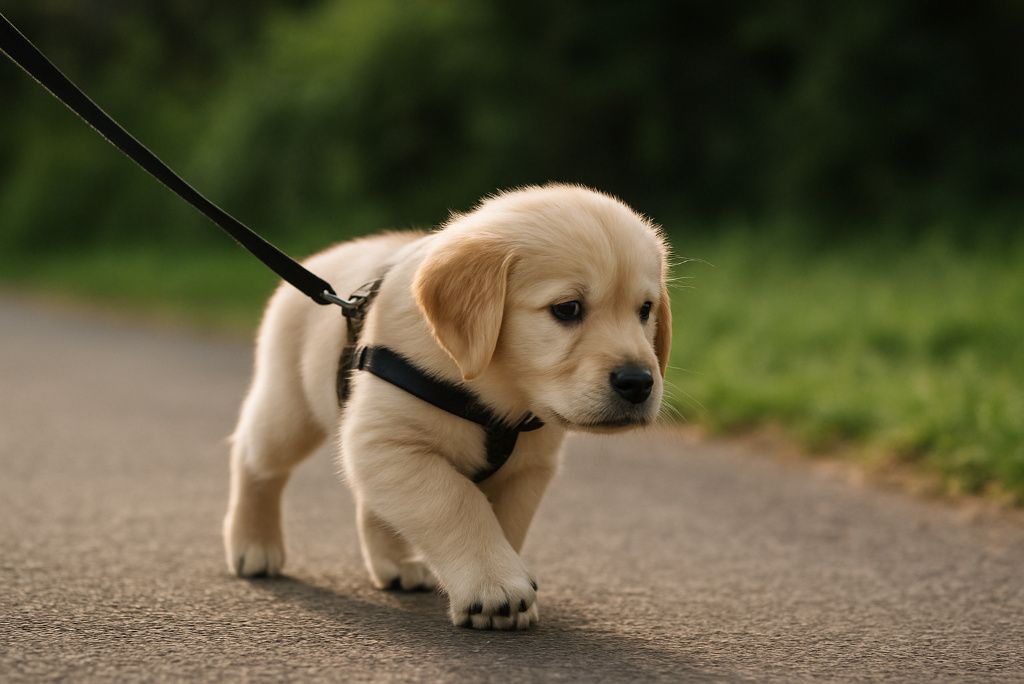
The prime socialisation window for puppies is roughly between 3 to 14 weeks of age. During this time, they’re more open to accepting new experiences without fear. However, flooding them with too many stimuli can backfire, leading to anxiety. Introduce one or two new things daily—like a vacuum sound or a gentle stranger petting.
Puppies who explore new things gradually tend to be calmer adults. Always let your puppy set the pace. Pushing them into fearful situations can leave lasting scars. For a deeper dive into the critical socialisation period, check resources from the American Veterinary Society of Animal Behaviour.
2. Positive Reinforcement is Key
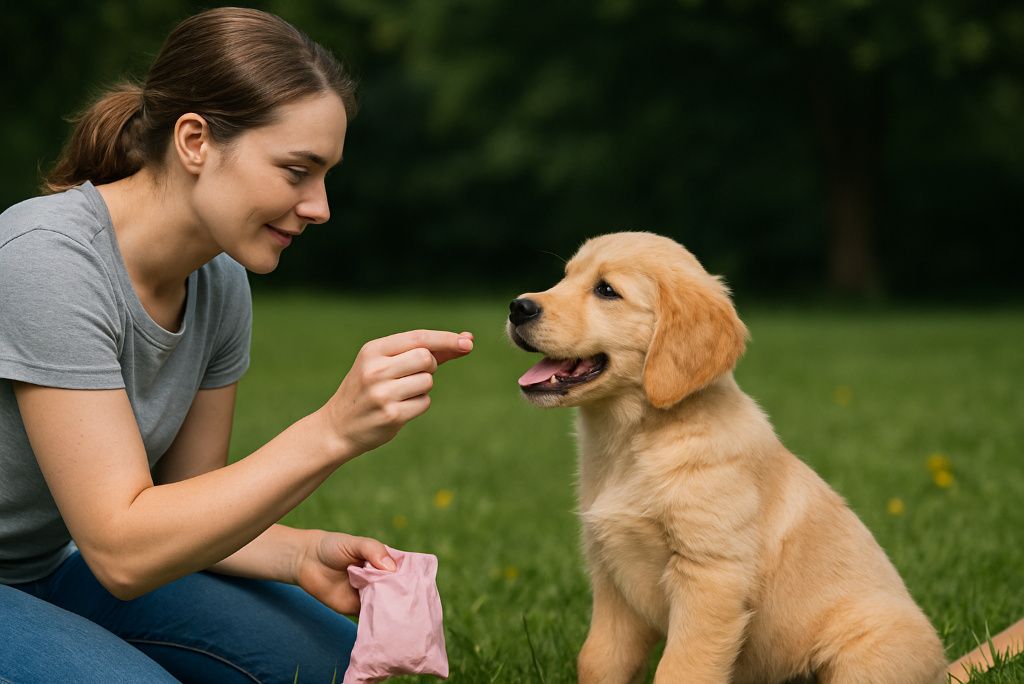
Puppies learn by association. Every time they encounter something new, pair it with treats, praise, or play. For instance, if your puppy sees a man in a hat for the first time, offer a treat to create a positive link. This builds confidence and helps prevent fear reactions later. Avoid using punishment if your puppy seems scared—it can worsen anxiety and damage trust. Studies confirm positive methods yield better long-term behaviour than punishment-based training.
3. Safe Puppy Classes
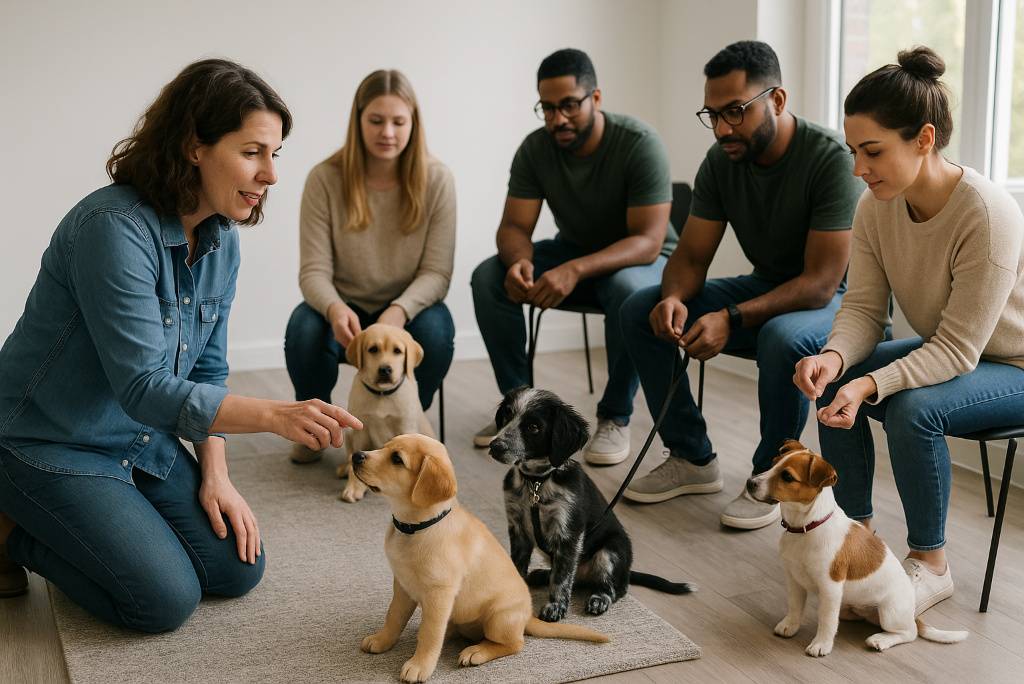
Once your puppy has begun vaccinations (usually after their first shots), enrolling in a reputable puppy socialisation class can be invaluable. These classes expose puppies to other dogs and humans in controlled settings. Trained instructors guide interactions and help spot signs of stress or fear. Be sure the class prioritises safety and cleanliness to prevent disease spread. The American Kennel Club recommends classes where puppies are matched by size and temperament for positive experiences.
4. Handle Gently and Often

Daily handling prepares your puppy for grooming, vet visits, and family life. Touch their paws, ears, and mouth, and gently lift their tail. Offer treats while handling to keep the experience pleasant. For example, softly hold a paw for a few seconds, then reward. This reduces fear of being touched and helps future grooming or medical care go smoothly. The Humane Society emphasises that gentle handling fosters trust and reduces stress later in life.
5. Expose to Diverse People
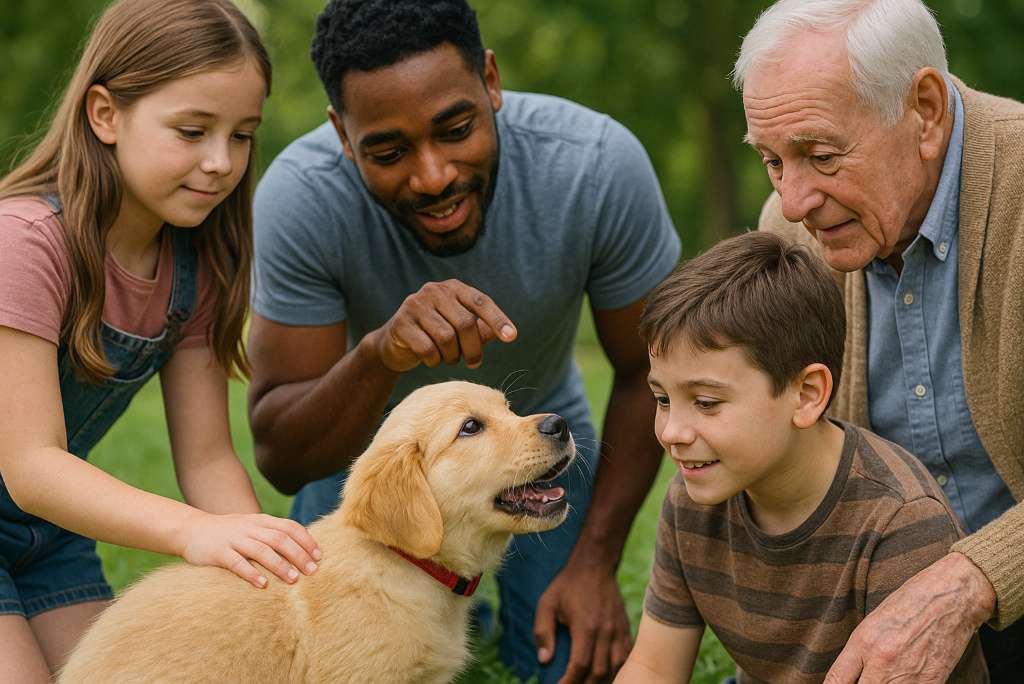
Expose your puppy to individuals of various ages, looks, and vocal tones. Babies, seniors, people wearing hats, or using wheelchairs—variety matters. Early exposure helps puppies avoid fear-based reactions to certain groups. For instance, some dogs become anxious around men with beards if they’ve never met one as pups. Always supervise interactions, ensuring your puppy feels safe. The American Veterinary Medical Association offers socialisation checklists for this purpose.
6. Explore New Environments
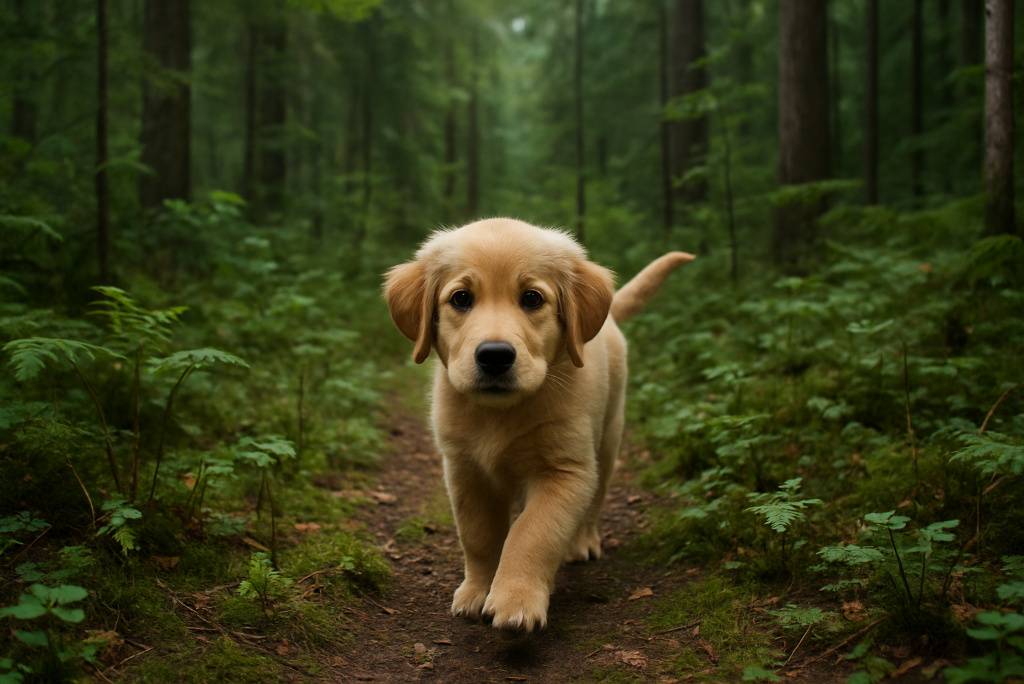
Vary where you take your puppy. Parks, sidewalks, elevators, and parking lots all present different sights and sounds. Short, positive outings help your puppy adapt to the broader world. For instance, brief visits to busy sidewalks teach them to stay calm among traffic noise and strangers. Don’t force your puppy if they seem overwhelmed—gradually build up time and complexity. The Royal Society for the Prevention of Cruelty to Animals provides great tips on safe exploration in the RSPCA guide.
7. Supervised Dog Interactions
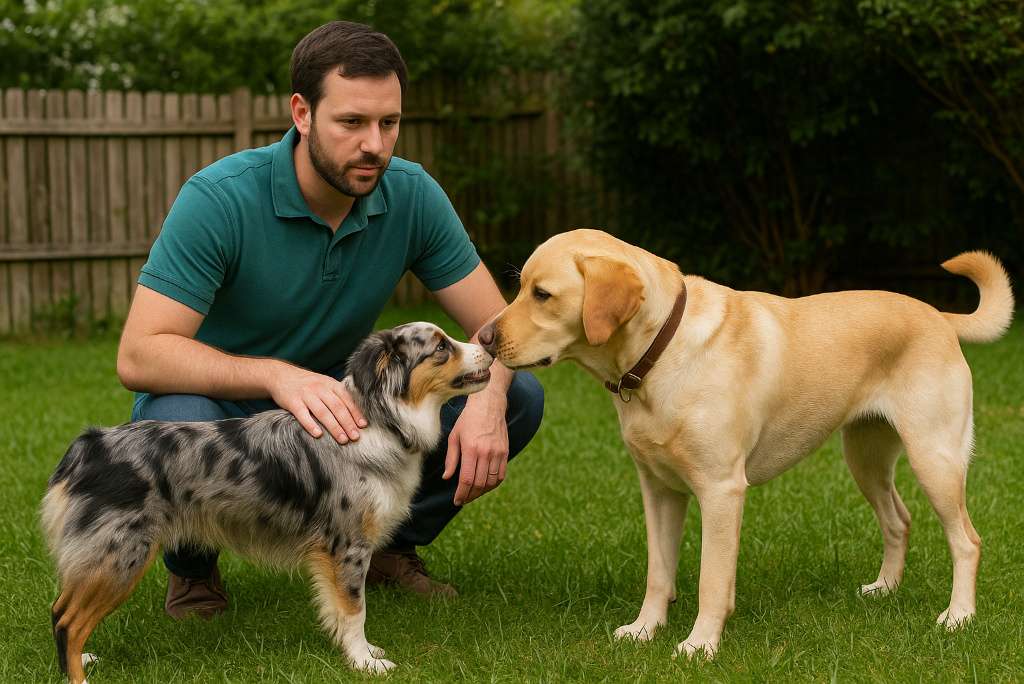
Meeting other dogs is essential—but choose known, friendly dogs first. Arrange playdates with vaccinated pets to prevent illness. Observe body language: loose, wagging tails signal comfort, while stiff posture may indicate fear or aggression. Interrupt rough play gently to avoid overwhelming your puppy. The American Veterinary Society of Animal Behaviour stresses safe, gradual introductions for the best results with AVSAB guidelines.
8. Introduce Everyday Noises
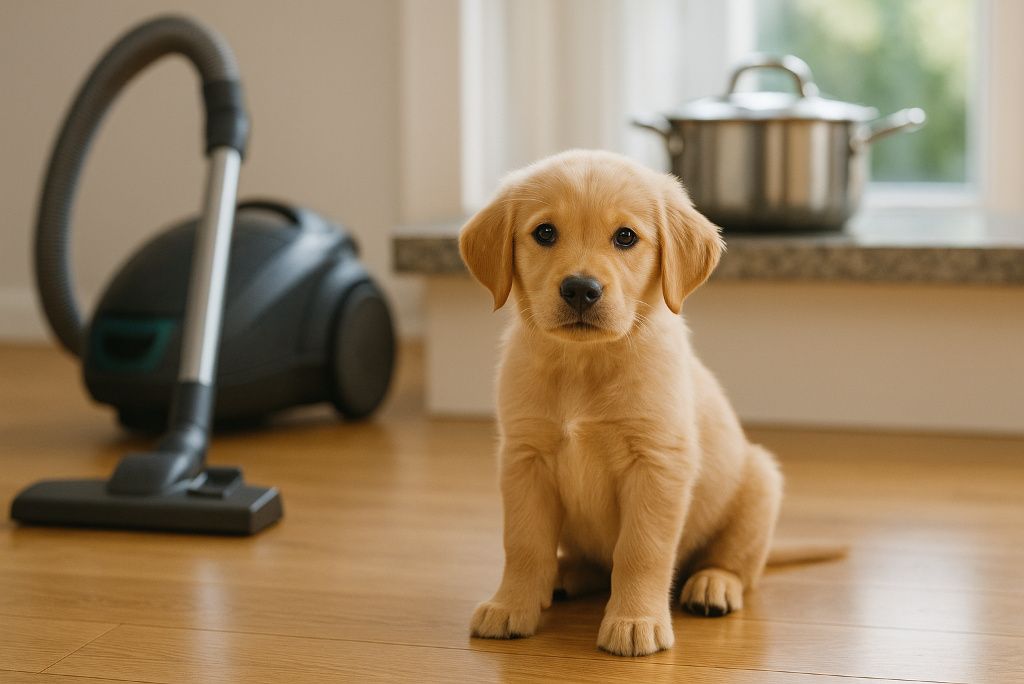
Vacuum cleaners, doorbells, thunderstorms—all these sounds can frighten a puppy if introduced abruptly. Play recordings of common noises at low volumes during playtime or meals. Gradually increase volume as your puppy remains comfortable. This desensitisation can reduce future noise phobias. Research from the Journal of Veterinary Behavior confirms controlled exposure helps prevent sound sensitivities Journal link.
9. Ride in the Car

Car travel is a crucial part of life for many dogs. Start with very short trips around the block, rewarding your puppy each time. Avoid feeding a large meal right before rides to reduce motion sickness. Introduce different seating areas (like back seat vs. cargo space in an SUV) so your puppy adjusts to different experiences. The American Veterinary Medical Association has great safety tips for car travel with pets in the AVMA travel guide.
10. Allow Calm Observation
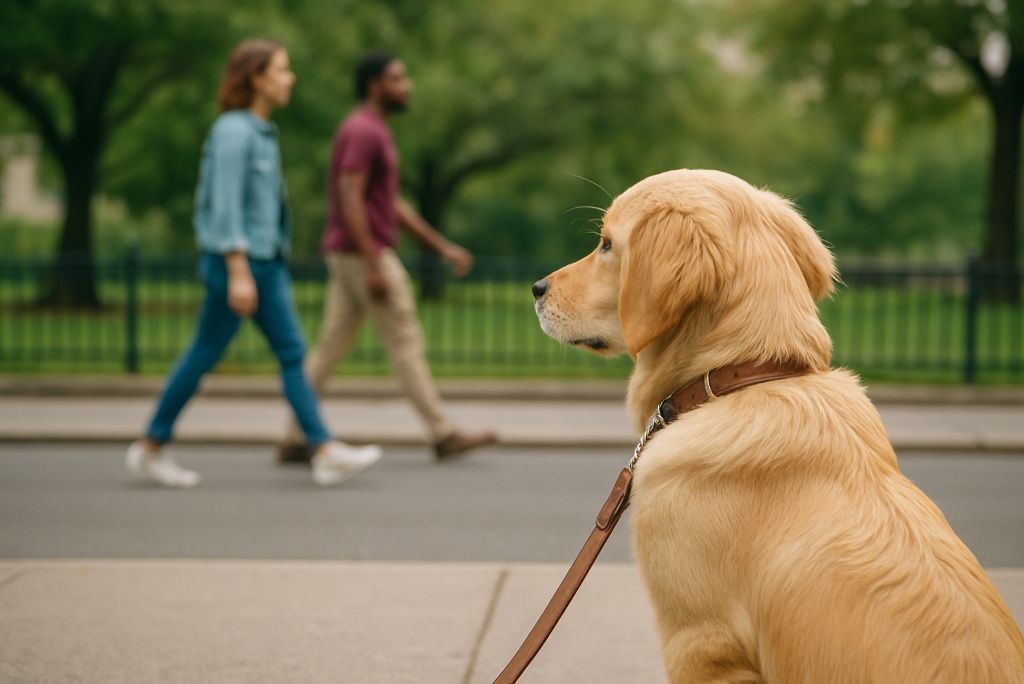
Sometimes the best socialisation happens at a distance. Let your puppy quietly watch skateboards, bicycles, or children playing from afar before moving closer. This builds confidence without overwhelming them. For example, watching a playground from across a field helps puppies adjust to chaotic sights and sounds gradually. Trainers often call this “threshold training”. The American Kennel Club discusses this technique extensively in AKC threshold info.
11. Visit Pet-Friendly Stores
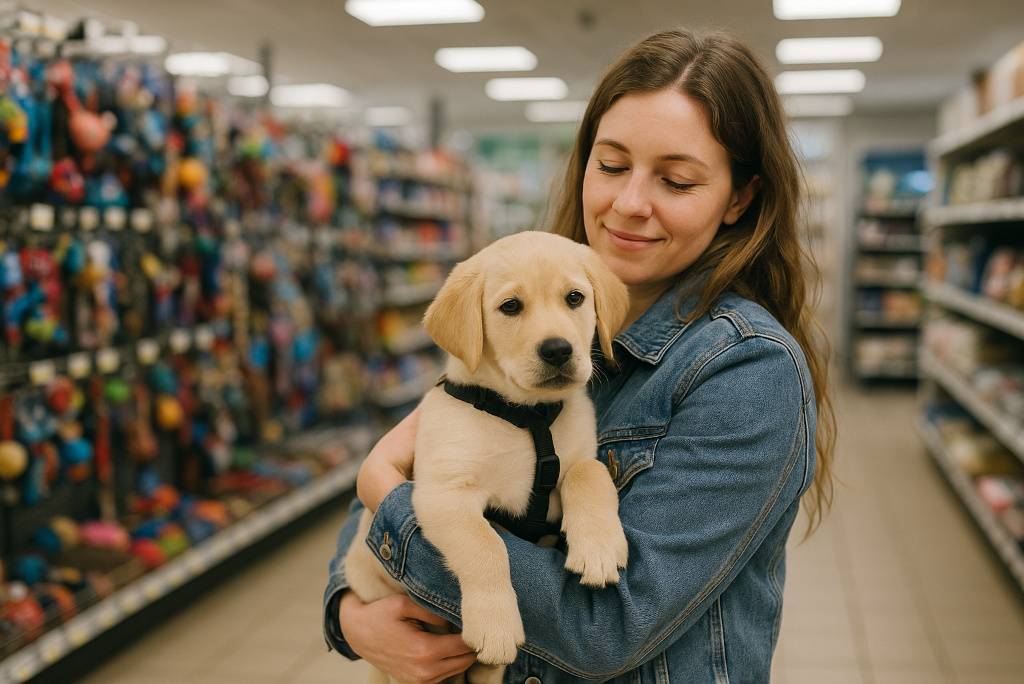
Pet stores, hardware stores, and some garden centres allow dogs. Short visits offer new sights and smells in a controlled environment. Keep trips brief and watch for signs of stress, like cowering or excessive yawning. Many trainers suggest visiting during less busy hours for a calmer experience. Petco and Petsmart provide guidance on safe in-store visits Petco tips.
12. Use Puppy Carriers
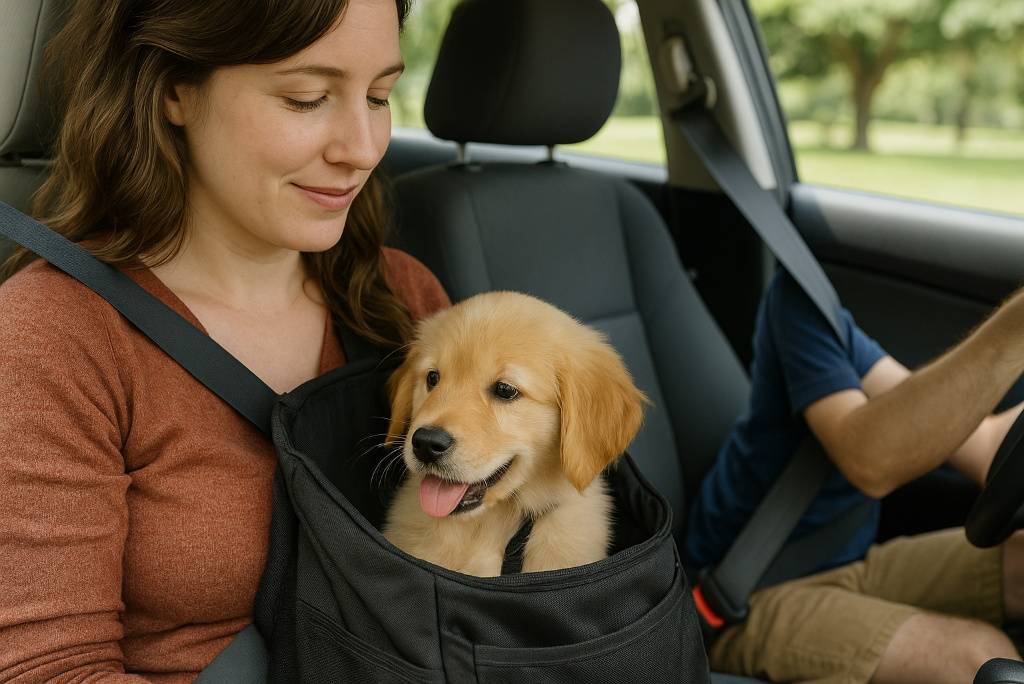
For very young or small puppies, a carrier allows exposure to busy places without direct contact. Carrying your puppy through farmers markets or shopping streets helps them observe safely. This is particularly useful before your puppy’s vaccinations are complete. PetMD offers advice on safe puppy transport during socialization PetMD guide.
13. Play Dress-Up Games
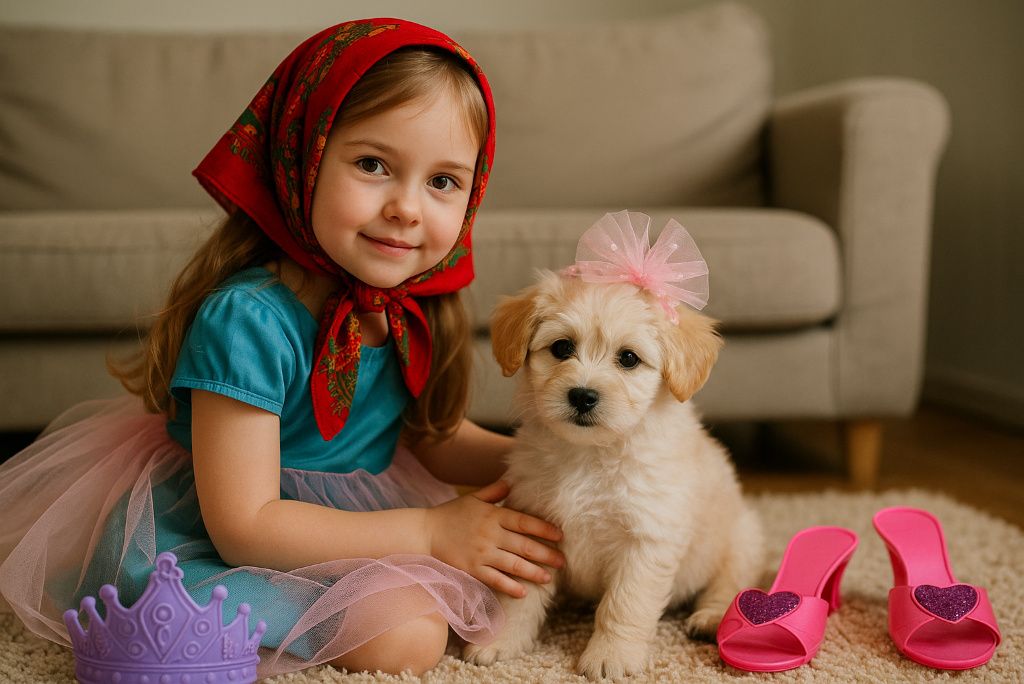
Get your puppy accustomed to wearing a collar, harness, or even a lightweight sweater. Start for a few seconds and gradually increase time. Pair each session with treats or play. Dogs unused to wearing accessories often resist them later, making leash walks difficult. The ASPCA recommends gentle desensitisation to new gear ASPCA advice.
14. Exposure to Varied Textures
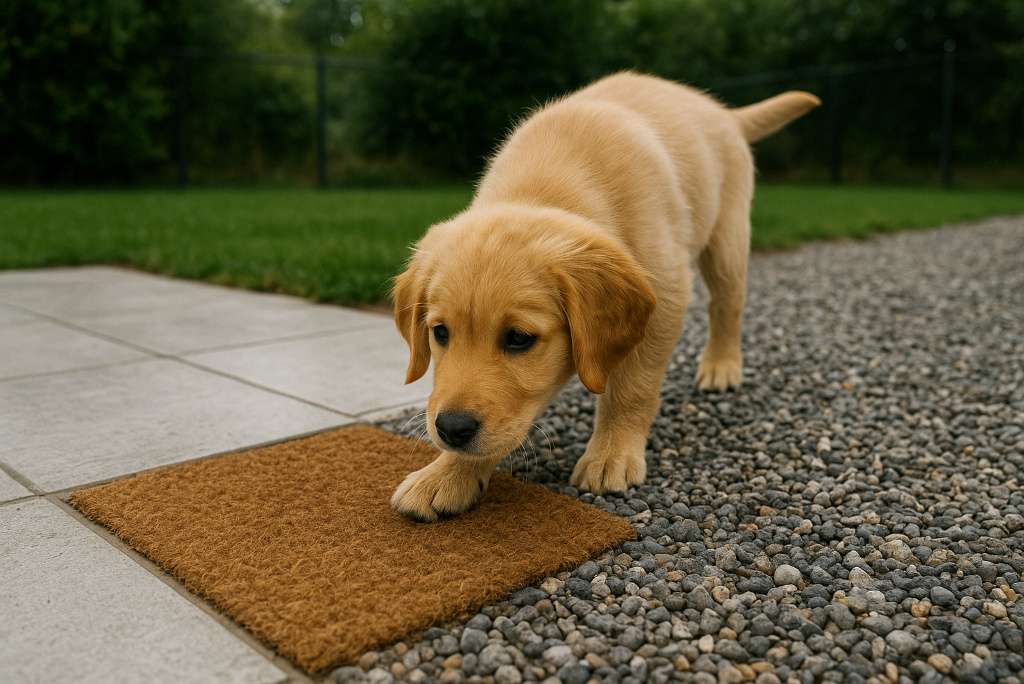
Introduce different surfaces underfoot, like grass, gravel, tile, or carpet. Puppies who only walk on soft flooring may panic on unfamiliar textures later. For example, a dog might freeze at the vet’s clinic because of slippery tiles. Guide your puppy gently over new surfaces, rewarding each step. The Humane Society includes texture exposure in their socialisation tips.
15. Watch Body Language
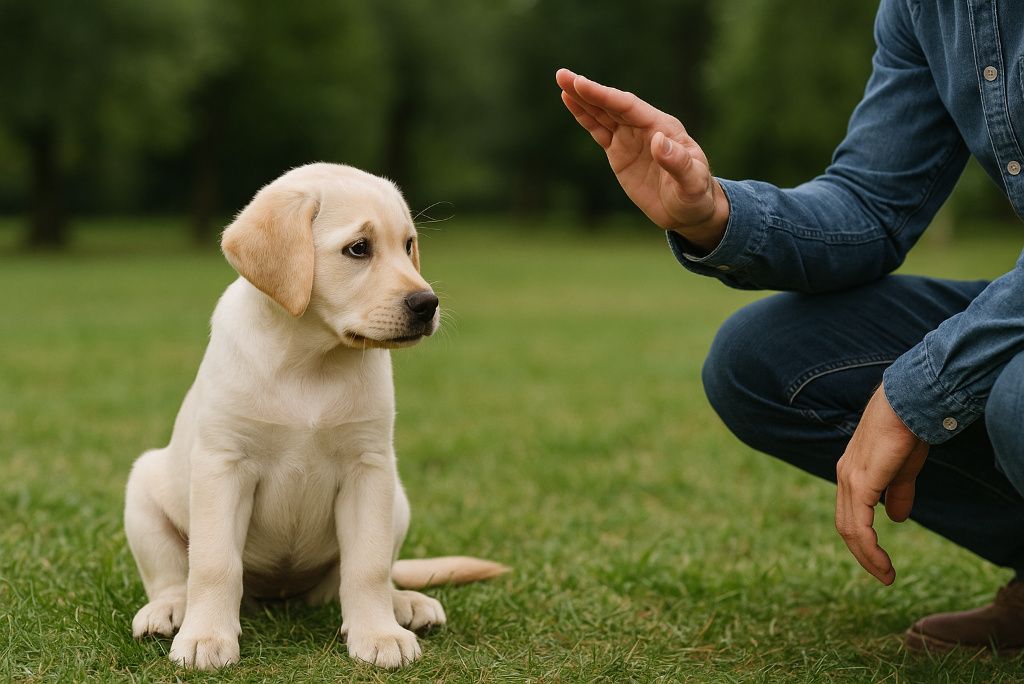
Socialisation is about reading signals. A puppy who licks its lips, tucks its tail, or yawns excessively may be scared. Pause and retreat if your puppy looks uneasy. Never force interactions. Respecting your puppy’s limits prevents negative associations. The American Kennel Club has a helpful guide on reading canine body language, the AKC body language guide.
Disclaimer: This article is intended for informational purposes only and does not substitute for professional veterinary or animal behaviour advice. Consult a qualified professional for guidance specific to your pet

